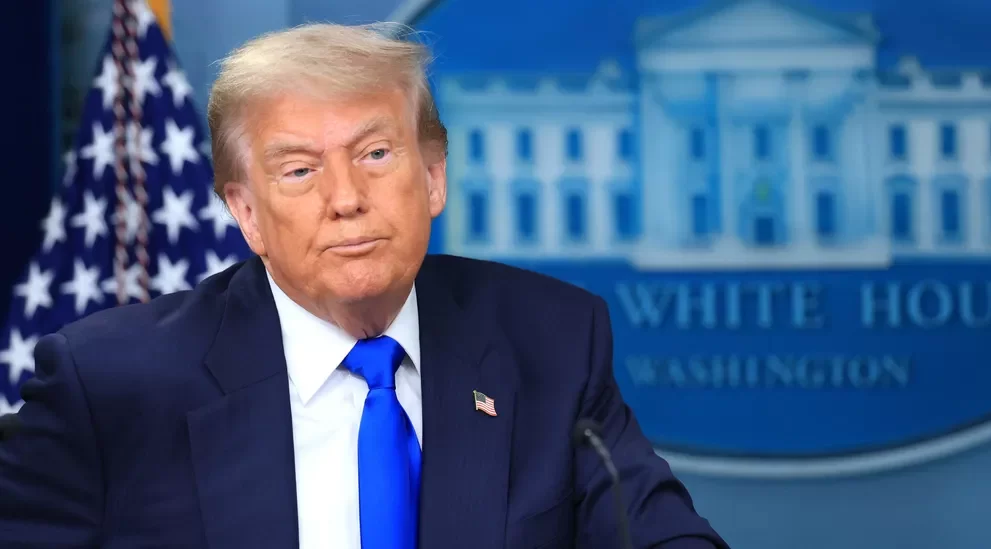President Donald Trump announced that the United States will impose a 20% tariff on many Vietnamese exports—lower than the previously proposed 46% rate—just days before a broader round of tariff increases is set to take effect on July 9. The announcement marks a shift in tone toward one of America’s major trading partners.
In a social media post following a conversation with Vietnamese President To Lam, Trump said that Vietnamese goods will face a 20% levy, while goods from third countries routed through Vietnam will be subject to a 40% tariff. In return, Vietnam will be allowed to import U.S. products tariff-free.
Details of the new tariff structure remain limited. It’s not yet clear which Vietnamese products will be affected by the 20% rate, nor how the United States plans to enforce the new rules targeting transshipped goods—products largely manufactured in China and re-exported through Vietnam.
Vietnam’s government did not confirm specific tariff figures in its response but referred to the outcome as a joint agreement on a trade framework. Officials in Hanoi said Vietnam will grant increased market access to U.S. products, including large-engine vehicles.
Securing a deal with Vietnam is expected to strengthen Trump’s hand as he prepares to enact wider tariffs on imports from multiple countries. Similar efforts have been made with other U.S. trading partners, including a limited agreement with Britain and ongoing talks with India and Japan. However, some negotiations have faced delays or produced only partial results.
Vietnam has become a critical player in U.S. trade policy, particularly since the Trump administration imposed sweeping tariffs on Chinese goods during his previous term. In response, many manufacturers shifted operations to Vietnam. As a result, U.S. imports from Vietnam have nearly tripled—from under $50 billion in 2018 to approximately $137 billion in 2024. By contrast, U.S. exports to Vietnam have grown more modestly, rising to just over $13 billion.
The United States is now Vietnam’s largest export market, and the two countries continue to deepen their trade, diplomatic, and military ties—forming a strategic counterweight to China. Despite this, Vietnam has worked to maintain balanced relations with both major powers.
Following Trump’s announcement, shares of major U.S. apparel companies—including Nike, Under Armour, and VF Corp (the parent company of The North Face)—closed higher, reflecting investor confidence in the outcome.
Vietnam’s president also urged the U.S. to officially recognize the country as a market economy and to lift restrictions on U.S. high-tech exports to Vietnam—requests Hanoi has been pushing for years. The White House and Vietnam’s trade ministry have not released further details.
The issue of transshipping remains controversial, with trade experts noting that the term is often loosely defined. How it is interpreted and enforced could play a key role in shaping future trade between the U.S. and Vietnam.
The current tariff policy stems from a broader initiative Trump launched on April 2, when he announced sweeping duties on imports from multiple countries. Implementation was delayed until July 9 to allow for negotiations. Over a dozen nations are currently in talks to avoid steep increases.
The new understanding with Vietnam, like the earlier agreement with Britain, is being described as a trade framework rather than a finalized deal. A similar approach was taken with China, where both countries agreed to restore limited trade access while leaving major disputes unresolved.
Analysts say Vietnam had reason to worry about the initially proposed 46% tariff. Such a high rate—well above what is currently applied to Chinese goods—could have hurt its competitiveness in Southeast Asia and strained its growing ties with Washington.



